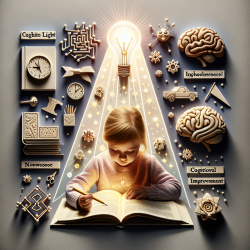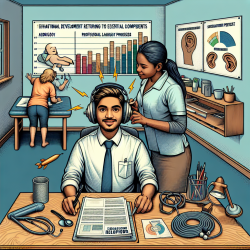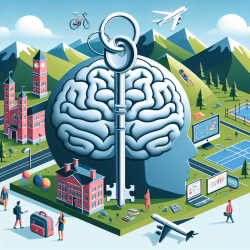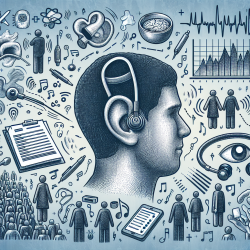Unveiling the Power of Light: Enhancing Memory Retrieval
Recent research has shed light—quite literally—on an intriguing method to enhance spatial memory retrieval. A study titled "Moderate white light exposure enhanced spatial memory retrieval by activating a central amygdala-involved circuit in mice" explores how specific light exposure can influence memory. As practitioners dedicated to optimizing outcomes for children, understanding and applying these findings can be transformative.
The Science Behind Light and Memory
In the study, mice exposed to moderate (400 lux) white light during a Y-maze test showed improved spatial memory retrieval. This effect was linked to the activation of a neural circuit involving the central amygdala (CeA), locus coeruleus (LC), and dentate gyrus (DG). The process involved a cascade of neurochemical reactions, starting with the activation of corticotropin-releasing hormone (CRH) positive neurons in the CeA, leading to norepinephrine release in the DG, which ultimately facilitated memory retrieval.
Application in Educational Settings
For speech-language pathologists and educators, this research suggests that controlled light exposure could be a valuable tool in enhancing cognitive functions in children. While direct applications in humans require further study, the principles can guide innovative approaches in educational settings. Consider the following potential applications:
- Incorporating moderate white light exposure during learning sessions to potentially enhance memory retention.
- Designing classroom environments that optimize light conditions for cognitive activities.
- Encouraging outdoor activities in natural light as part of a holistic approach to learning and memory enhancement.
Encouraging Further Research
While the study provides a promising foundation, further research is essential to translate these findings into practical applications for children. Practitioners are encouraged to explore how varying light conditions impact learning outcomes in their own settings. Collaborative studies with neuroscientists could lead to groundbreaking advancements in educational methodologies.
Conclusion
Understanding the role of environmental factors like light in cognitive processes opens new avenues for enhancing learning and memory. By integrating these insights into practice, we can work towards creating enriched educational environments that foster optimal cognitive development in children.
To read the original research paper, please follow this link: Moderate white light exposure enhanced spatial memory retrieval by activating a central amygdala-involved circuit in mice.










